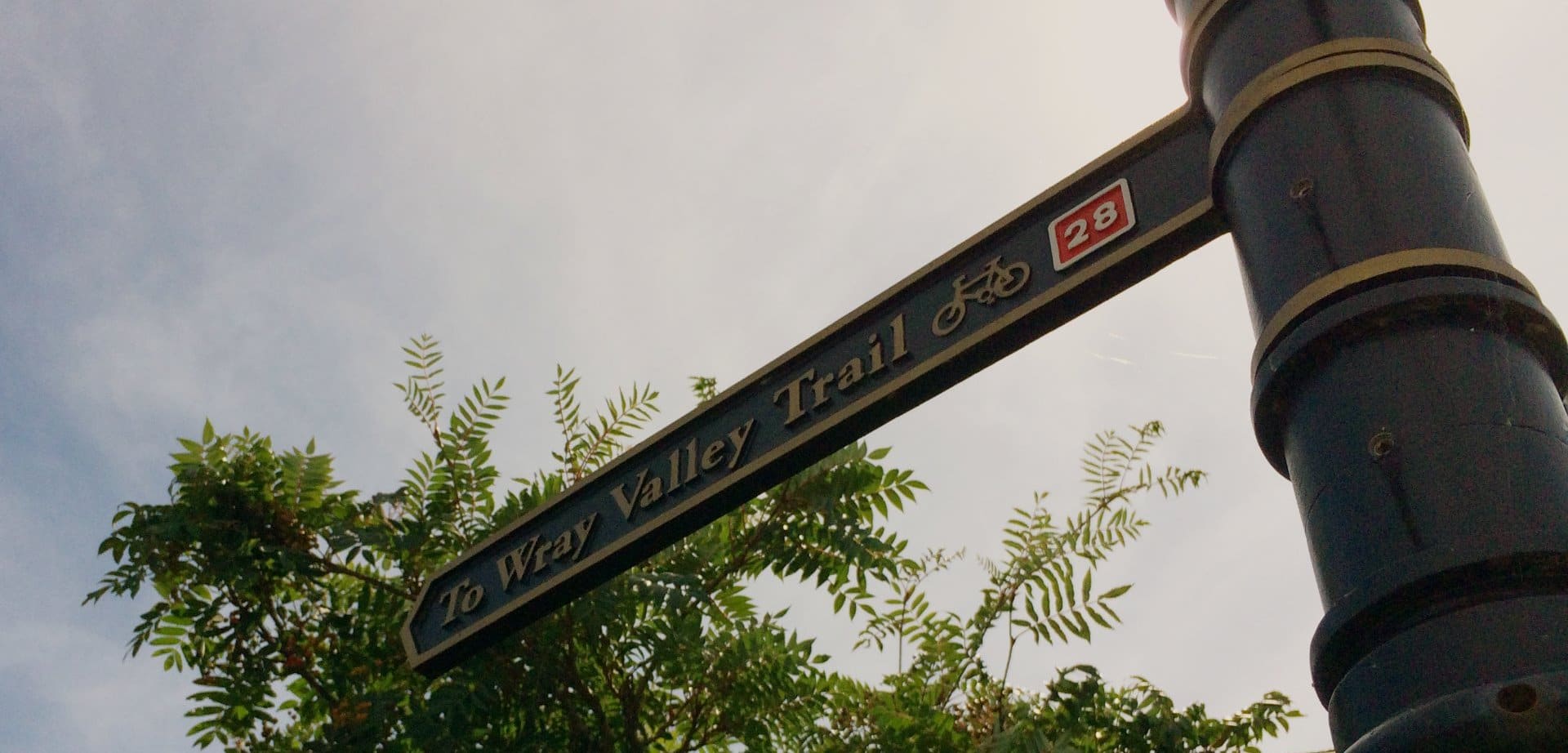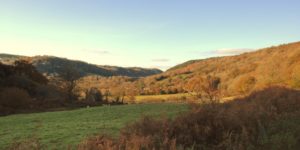Interesting information
Victorian Dartmoor
For centuries, Dartmoor was considered a remote and desolate place rarely visited by outsiders. Those whose curiosity led them to explore this mysterious area were recommended to employ a guide in order to avoid the perceived dangers inherent in the landscape.
However, artists and writers were inspired by the colours, clear air and restful atmosphere of Lustleigh Cleave and the surrounding area. “No tourist in lovely Devon will have seen the choicest of its beauties who fails to make acquaintance with the route of the Moretonhampstead and South Devon Railway” (The Western Times reported in 1866).
The coming of the railway
In August 1858, a number of local landowners and entrepreneurs met together to plan a line from Newton Abbot to Moretonhampstead.
The line was completed and formally opened on 26th June 1866. Excitement was great and people turned out along the route to see this new spectacle. In Moretonhampstead the streets were decorated, bands played and over 2,000 men, women and children were treated to a street party.
The impact on the Wray Valley
The line provided a means of transporting goods such as timber, livestock and agricultural produce to a much wider market. Businesses such as the Bovey Pottery grew in size and importance, and the railway enabled coal and other commodities to be brought in for domestic and industrial use.
Dartmoor became fashionable with tourists, and enterprising hoteliers and innkeepers organised excursions onto the Moor via horse-drawn charabancs. Affluent new residents also moved into the Valley, while the railway offered new opportunities for local people to work and visit further afield.
As road transport increased in popularity, the line was seen as no longer economic, closing to passenger traffic in March 1959, before closing completely between Bovey Tracey and Moretonhampstead in 1964.
You can discover more about the Victorians on Dartmoor on the Dartmoor Story website.
Further information on the trail including a leaflet ‘Exploring the Wray Valley Trail is available here. There is also an audio trail ‘Tales from the Rails’ available here.

